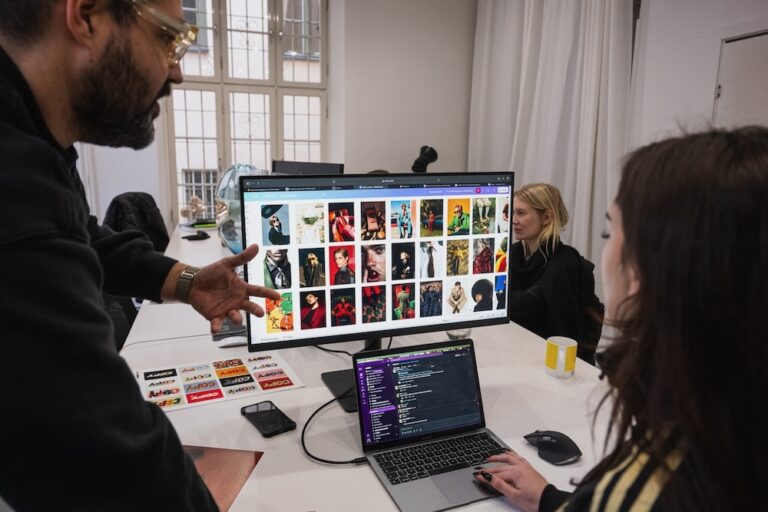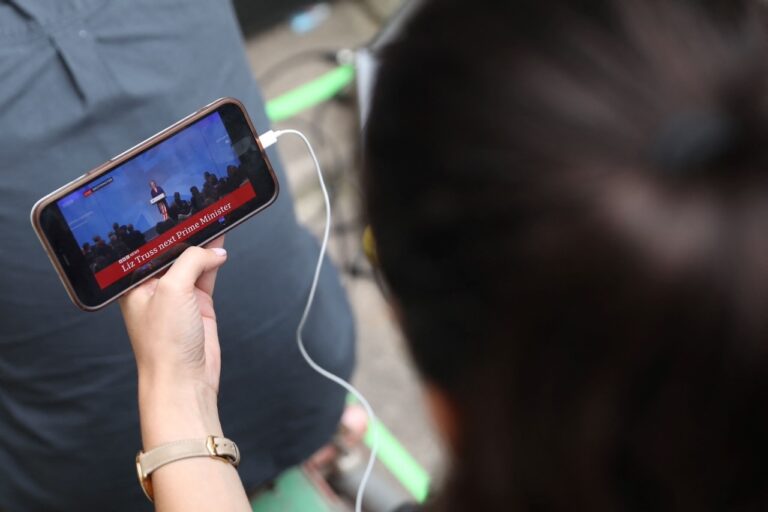Acts of journalism should be shielded from targeted surveillance, data retention and handover of material connected to confidential sources. That's a key early finding of a study on the state of journalistic source protection in 121 countries undertaken for UNESCO by the World Editors Forum (within WAN-IFRA).
This statement was originally published on wan-ifra.org on 3 June 2015.
Acts of journalism should be shielded from targeted surveillance, data retention and handover of material connected to confidential sources. That’s a key early finding of a study on the state of journalistic source protection in 121 countries undertaken for UNESCO by the World Editors Forum (within WAN-IFRA). Preliminary outcomes from the research were launched in Washington DC today during the World News Media Congress.
The legal frameworks that protect the confidential sources of journalism – essential to reporting information in the public interest that may otherwise never come to light – are under significant strain around the world in the digital era. There’s now a need to revise and strengthen them – or introduce them where they don’t exist, according to the forthcoming UNESCO-commissioned study: Protecting Sources of Journalism in the Digital Age.
More than 100 countries had some form of source protection framework in place in 2007 according to the Privacy International report Silencing Sources. In many of the 121 countries examined in this new study (authored by WAN-IFRA Research Fellow Julie Posetti) it was found that legal source protection frameworks are being actually or potentially:
– Eroded by national security and anti-terrorism legislation,
– Undercut by surveillance – both mass and targeted,
– Jeopardised by mandatory data retention policies and pressure applied to third party intermediaries (like ISPs, telcos, search engines, social media platforms) to release data,
– Outdated when it comes to regulating the collection and use of digital data. Examples include: the admissibility, in court, of information recorded without consent between a journalist and a source; the extent to which existing source protection laws also cover digitally stored material gathered by journalistic actors.
The study also found that source protection frameworks are challenged by questions about entitlement to claim protection, such as: “Who is a journalist?” and “What is journalism?” – which are matters that increasingly require case-specific assessments.
What happens when source protection is compromised?
Where source protection is compromised, the impacts can include:
– Pre-publication exposure of journalistic investigations which may trigger cover-ups, intimidation, or destruction of information,
• revelation of sources’ identities with legal or extra-legal repercussions on them,
– Sources of information running dry,
– Self-censorship by journalists and citizens more broadly.
Many journalists are now adapting their work in an effort to shield their sources from exposure, sometimes even seeking to avoid electronic devices and communications altogether. However, while such tactics do help, they may be insufficient if legal protections are weak, encryption is disallowed, and sources themselves are unaware of the risks.
Four conditions for source protection
If confidential sources are to confidently make contact with journalists, the study proposes four conditions:
– Systems for transparency and accountability regarding data retention policies and surveillance (including both mass surveillance and targeted surveillance) – as recommended by the UN General Assembly,
– Steps taken by UNESCO States to adopt, update and strengthen source protection laws and their implementation for the digital era,
– Training of journalistic actors in digital safety and security tactics,
– Efforts to educate the public and sources in secure digital communications.
The study concludes that editors and publishers can play an important role in promoting public understanding of these issues, and in advocating for change at all levels.
An 11-point framework for assessing source protection in the digital era
A major output of the study is an 11-point assessment tool for measuring the effectiveness of legal source protection frameworks in the digital era.
It was concluded that a model framework should:
1. Recognise the value to the public interest of source protection, with its legal foundation in the right to freedom of expression (including press freedom), and to privacy. These protections should also be embedded within a country’s constitution and/or national law,
2. Recognise that source protection should extend to all acts of journalism and across all platforms, services and mediums (of data storage and publication), and that it includes digital data and meta-data,
3. Recognise that source protection does not entail registration or licensing of practitioners of journalism,
4. Recognise the potential detrimental impact on public interest journalism, and on society, of source-related information being caught up in bulk data recording, tracking, storage and collection,
5. Affirm that State and corporate actors (including third party intermediaries), who capture journalistic digital data must treat it confidentially (acknowledging also the desirability of the storage and use of such data being consistent with the general right to privacy),
6. Shield acts of journalism from targeted surveillance, data retention and handover of material connected to confidential sources,
7. Define exceptions to all the above very narrowly, so as to preserve the principle of source protection as the effective norm and standard,
8. Define exceptions as needing to conform to a provision of “necessity” and “proportionality” — in other words, when no alternative to disclosure is possible, when there is greater public interest in disclosure than in protection, and when the terms and extent of disclosure still preserve confidentiality as much as possible,
9. Define a transparent and independent judicial process with appeal potential for authorised exceptions, and ensure that law-enforcement agents and judicial actors are educated about the principles involved,
10. Criminalise arbitrary, unauthorised and wilful violations of confidentiality of sources by third party actors,
11. Recognise that source protection laws can be strengthened by complementary whistleblower legislation.
The study responds in part to acknowledgement in both the UN General Assembly and the UN Human Rights Council of “the particular vulnerability of journalists to becoming targets of unlawful or arbitrary surveillance or interception of communications in violation of their rights to privacy and to freedom of expression.” It also contributed to a global UNESCO study of Internet-related issues.
Protecting Journalism Sources in the Digital Age is expected to be published by UNESCO midyear.
The preliminary findings were launched during a Pew Research Centre-sponsored breakfast at the World News Media Congress today, during which Pew Journalism’s Research Director Amy Mitchell joined the Director of the International Consortium of Investigative Journalists Gerard Ryle, UNESCO’s Director of Freedom of Expression and Media Development Guy Berger, senior DC media lawyer Charles Tobin and Julie Posetti.
Note: Other academic researchers who contributed to the study are Dr Marcus O’Donnell (University of Wollongong), Professor Carlos Affonso Pereira de Souza (Barazil), Professor Ying Chan (China, Hong Kong), Doreen Weisenhaus (China, Hong Kong). Lead Research Assistants were: Federica Cherubini, Angelique Lu and Alice Matthews.
Disclaimer: While the research was conducted for UNESCO and funded by Sweden, with the support of the University of Wollongong (Australia), the ideas, opinions and findings are those of its author, Julie Posetti, they do not necessarily reflect those of UNESCO or Sweden and do not commit these parties.



